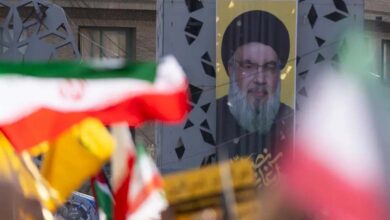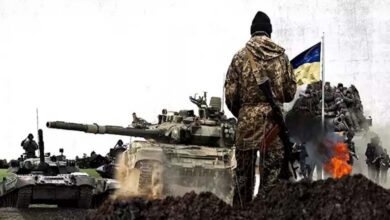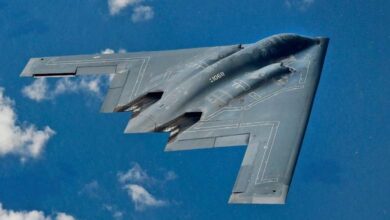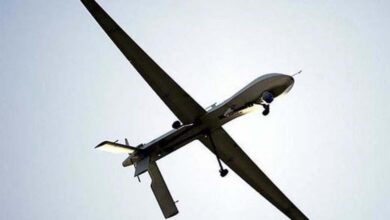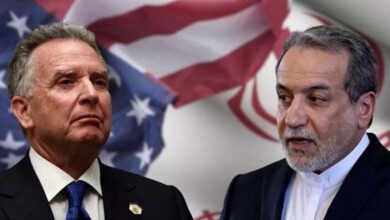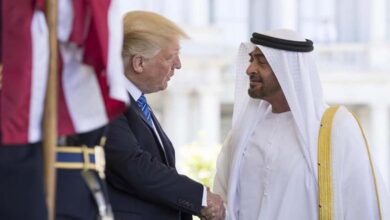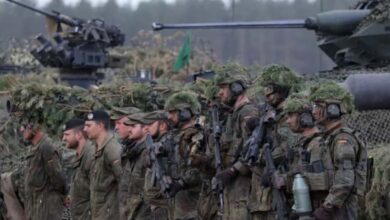Where does ISIS get its money, and how does it move it? New strategies of adaptation
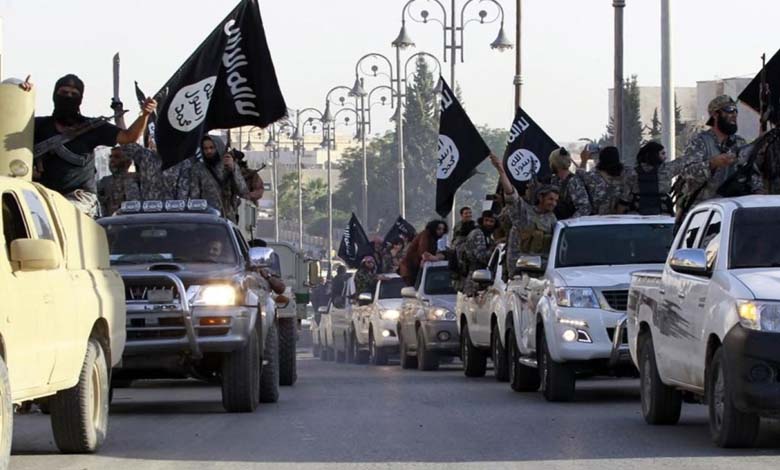
Cutting off the financial lifelines of extremist organizations and tracking their monetary flows has become one of the most effective non-military weapons in the fight against terrorism. Yet, this struggle is far from over: every time states tighten the noose, these groups devise new methods of adaptation.
-
“ISIS Khorasan” Has Become the Biggest Threat to Europe… Why?
-
Report: The Main Financier of ISIS-Khorasan in Europe Operated from Turkey under Aliases
A report presented to the United Nations Security Council by the Analytical Support and Sanctions Monitoring Team concerning ISIS, Al-Qaeda, and related entities, provides answers to two central questions: where do these organizations raise their funds, and how do they transfer them to their branches and operatives?
According to the document, both ISIS and Al-Qaeda remain capable of adapting their fundraising strategies. These vary depending on geography: exploiting local resources, imposing illegal taxation on communities, resorting to kidnappings for ransom, extorting business owners, among other practices.
-
How the Somali Branch of ISIS Managed to Build an Influence Network Beyond Local Borders?
-
The Strongman of ISIS is a Mysterious Somali Financier… Learn About Him
Regarding money transfers, traditional methods such as hawala and cash couriers remain dominant. However, new and more sophisticated methods have emerged, particularly within ISIS. These include the growing use of women to physically carry cash, reliance on “cloud-based hawala systems” where financial data is stored online to avoid detection, and depositing funds in safe boxes at money exchangers to be later withdrawn using passwords or secret codes.
In Syria, ISIS’s financial structures operate independently of its leader. The group has faced severe funding challenges, leading to reduced revenues. Salaries for fighters have been cut to $50–70 per month, with family allowances at only $35—the lowest on record—often paid irregularly, highlighting serious liquidity shortages.
-
Fears that ISIS may exploit regional wars to re-emerge in Iraq… Details
-
Critical Points Mentioned in an American Report on the ISIS Organization
In Somalia, after military offensives, the financial network of the “al-Karrar office” was significantly disrupted. Local business owners increasingly refused to cooperate, leaving affiliates without funds. These cells turned to quick kidnappings demanding small ransoms of $50 to $100, usually transferred through mobile money apps. Meanwhile, caches of cash have been established, and funds hidden in bank accounts of sympathizers or invested in small local businesses.
In South and Central Asia, the report notes that the ISIS-Khorasan branch has not experienced financial shortages. Supported by al-Karrar in Somalia, donations, and kidnappings of Afghan businessmen, the group reportedly holds around $10 million, part of which is invested in real estate in the Middle East.
-
The “ISIS Soldier”: America Concludes the “Dark Story”
-
Report: ISIS without land but it adapts and its threats persist
The use of cryptocurrencies is expanding rapidly. ISIS-Khorasan employs digital assets such as Monero, KuCoin, MEXC, Huobi, and Totalcoin. While these have become more complex to operate, they remain effective for covert funding. The launch of new applications, such as “Cash Now,” enables easier exchanges between cryptocurrencies and facilitates cash access. The group also utilizes “unhosted wallets” for one-time transfers and experiments with forged documents generated by artificial intelligence to circumvent “Know Your Customer” verification procedures.
This report demonstrates the relentless adaptability of terrorist groups under international pressure. It underscores that combating their financing remains a global challenge, requiring stronger cooperation and constant vigilance to counter increasingly inventive financial methods.



